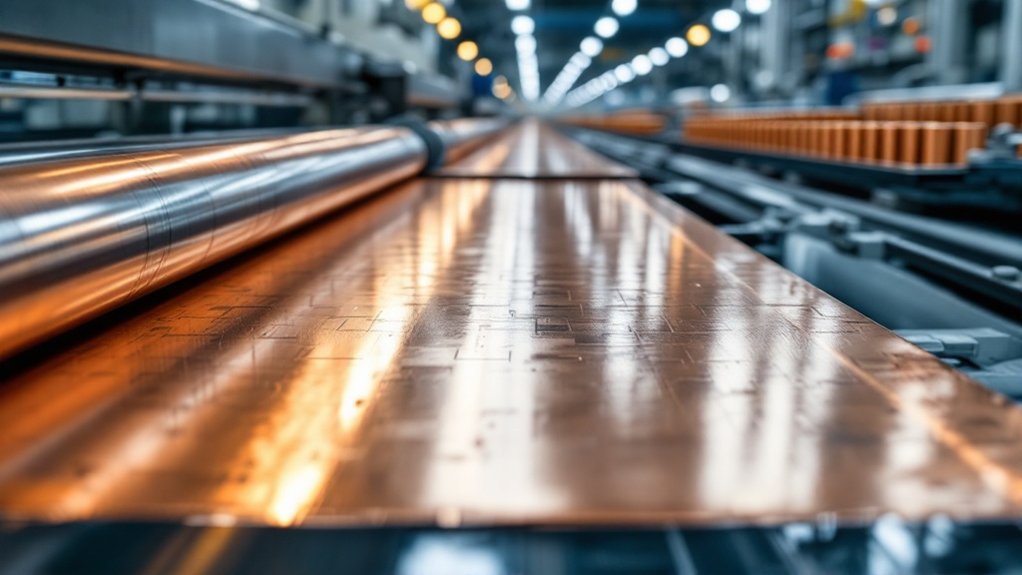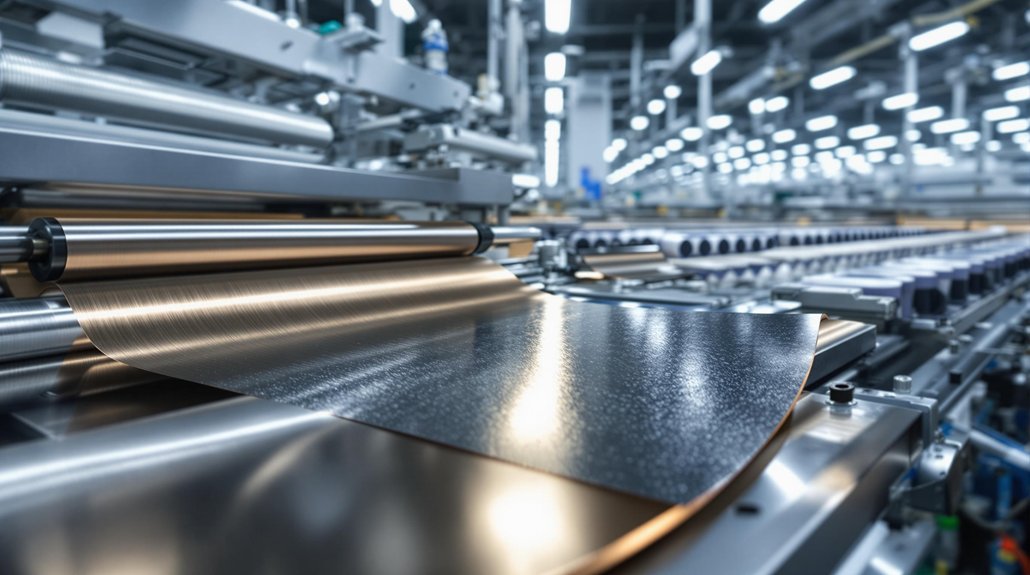Lithium batteries start with raw materials like lithium, cobalt, and nickel that get mixed into specialized slurries. These slurries are coated onto metal foils to create electrodes, which are then stacked with separators – like making a high-tech sandwich. The stack goes into a case, gets filled with electrolyte under vacuum, and undergoes formation cycling. After rigorous testing and quality control, only the best cells make it into battery packs. The complex process explains why your smartphone battery costs more than lunch.

While most people never think twice about the batteries powering their smartphones and electric cars, the process of making lithium batteries is a masterpiece of modern engineering. It starts with some pretty intense raw materials – lithium, cobalt, nickel, manganese, and graphite. These aren’t your average building blocks. They’re combined to create specialized components like cathodes made from lithium metal oxides and anodes typically made from graphite or silicon-based materials.
The electrode manufacturing process is where things get messy. Scientists mix active materials with conductive additives and binders, creating a slurry that looks about as appetizing as morning oatmeal gone wrong. This goop gets coated onto metal foil current collectors, dried, and calendered – fancy talk for squishing it to the right thickness and density. The process requires careful solvent recovery to prevent harmful chemicals from entering the environment.
Next comes the delicate dance of cell assembly. Workers cut electrodes to size and either stack or wind them with a separator – think of it as the world’s most expensive sandwich. The whole thing gets stuffed into a cell casing, with tabs welded to current collectors. Lithium ions flow between the cathode and anode during charging and discharging, making the battery work.
Then comes the tricky part: filling the cell with electrolyte under vacuum conditions. One wrong move, and it’s back to square one.
But wait, there’s more. These batteries need to go through formation and aging – kind of like sending them to battery finishing school. They undergo initial charge and discharge cycles while forming a vital SEI layer on the anode. They’re then aged at elevated temperatures, because apparently, batteries need spa days too.
Quality control is ruthless. Every cell gets inspected, tested, and X-rayed. Defective cells? Out they go. The survivors get assembled into battery packs, complete with management systems and thermal controls.
It’s like a high-stakes game of technical Tetris, where every piece has to fit perfectly. The final product is a reflection of precision engineering – though most users will never know the complex journey their battery took to reach their device.









